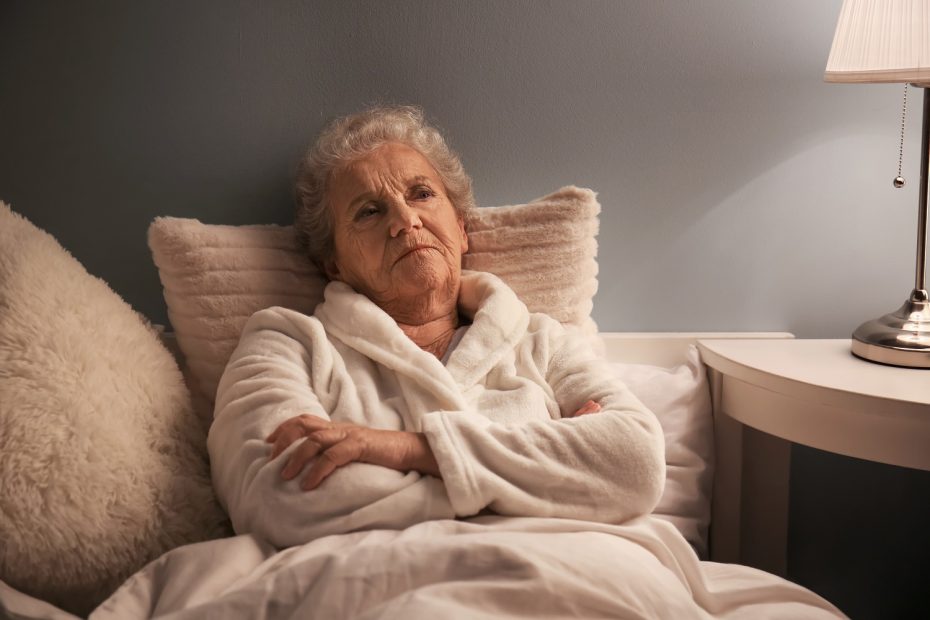In today’s rapidly evolving world, technology has become a vital part of our lives, especially when it comes to the health and safety of our loved ones. One such innovation is fall detection with custom sensitivity levels, which is transforming the way we care for the elderly and those in need of extra support. This technology allows for tailored monitoring, ensuring that alerts are accurate and timely.
For family caregivers, the importance of reliable fall detection systems cannot be overstated. With the ability to customize sensitivity levels, these systems provide a personalized approach to monitoring, reducing false alarms and ensuring that help is on the way when it is truly needed. Let’s delve into this fascinating topic and explore how it benefits our loved ones.

Understanding Fall Detection Technology
Fall detection technology is designed to identify when a person has fallen and needs assistance. This is especially crucial for the elderly, who are at a higher risk of falls due to various health conditions. The system typically uses sensors to monitor movement and send alerts in the event of a fall.
How It Works
The technology behind fall detection involves intricate sensors that can be worn as part of a device, such as a smartwatch or pendant. These sensors detect changes in movement and orientation, determining whether a fall has occurred. The data is then sent to a monitoring system, which can alert caregivers or emergency services.
Why Custom Sensitivity Levels Matter
Customizing sensitivity levels in fall detection systems is essential for accuracy. Every individual is different, and their movement patterns can vary due to age, health conditions, or lifestyle. By adjusting the sensitivity, caregivers can reduce false alarms and ensure that alerts are only triggered when necessary.
The Role of IoT in Fall Detection
The Internet of Things (IoT) has revolutionized fall detection by enhancing connectivity and data sharing. IoT-enabled devices can communicate with each other, offering a comprehensive monitoring solution. This integration allows for real-time data analysis and quicker response times in emergencies.
Benefits of IoT in Fall Detection
1. **Real-time Monitoring**: IoT devices provide continuous monitoring, ensuring that any falls are detected immediately.
2. **Enhanced Data Analysis**: With IoT, data is collected and analyzed more efficiently, providing insights into the individual’s movements and health.
Implementing Fall Detection Systems
Implementing a fall detection system involves several steps, from choosing the right technology to setting up the equipment. Here are some key considerations:
Choosing the Right Device
When selecting a fall detection device, consider factors such as the individual’s lifestyle, comfort, and the device’s features. Some devices are more suitable for active individuals, while others are designed for those with limited mobility.
Setting Up Sensitivity Levels
Once the device is chosen, setting up custom sensitivity levels is crucial. This involves calibrating the device to recognize the individual’s specific movement patterns, reducing the likelihood of false alarms.
Training Caregivers
Caregivers should be trained to use the fall detection system effectively. Understanding how to respond to alerts and manage the technology ensures that the system is used to its full potential.
Challenges and Solutions in Fall Detection
While fall detection systems offer numerous benefits, they also present challenges, such as technological limitations and user comfort. Here are some common challenges and their solutions:
Technological Limitations
Some fall detection systems may face issues with connectivity or battery life. Choosing high-quality devices and ensuring regular maintenance can mitigate these concerns.
User Comfort
Ensuring that the device is comfortable for the user is essential. Opt for lightweight, unobtrusive designs that do not interfere with daily activities.
Fall Detection in Smart Homes
Smart homes are incorporating fall detection systems to enhance safety. These systems can be integrated with other smart technologies, such as lighting and security, providing a holistic approach to home safety.
Integration with Other Technologies
Integrating fall detection with other smart home technologies allows for a more comprehensive safety system. For instance, smart lighting can illuminate pathways automatically if a fall is detected at night.
For more information on how IoT is transforming everyday living, visit IoT Sensors for Daily Life.
The Future of Fall Detection Technology
The future of fall detection technology is promising, with advancements aimed at improving accuracy and user experience. Innovations like AI integration and machine learning are paving the way for more sophisticated systems.
AI Integration
Artificial Intelligence (AI) can enhance fall detection by learning individual movement patterns and predicting potential falls before they occur.
Machine Learning
Machine learning algorithms can refine fall detection systems by analyzing vast amounts of data to improve sensitivity and accuracy over time.
Conclusion
Fall detection with custom sensitivity levels is a game-changer in elderly care, offering a personalized approach to safety. By understanding the technology, implementing it effectively, and addressing challenges, we can ensure that our loved ones are protected and cared for.

FAQs
How do fall detection systems work?
Fall detection systems use sensors to monitor movement and detect falls, sending alerts to caregivers or emergency services.
Can sensitivity levels be adjusted for each user?
Yes, sensitivity levels can be customized to suit individual movement patterns, reducing false alarms and enhancing accuracy.
What are the benefits of integrating fall detection in smart homes?
Integrating fall detection with smart home technology provides a comprehensive safety solution, enhancing overall home security and convenience.
For more on smart elderly care solutions, visit Smart Elderly Care Solutions.
To learn more about fall prevention strategies, check out this fall prevention resource.
This article contains affiliate links. We may earn a commission at no extra cost to you.






